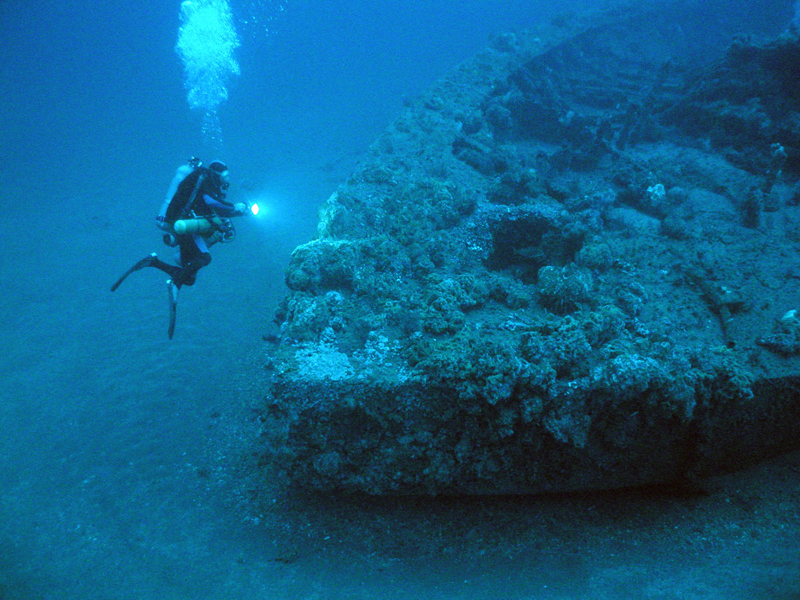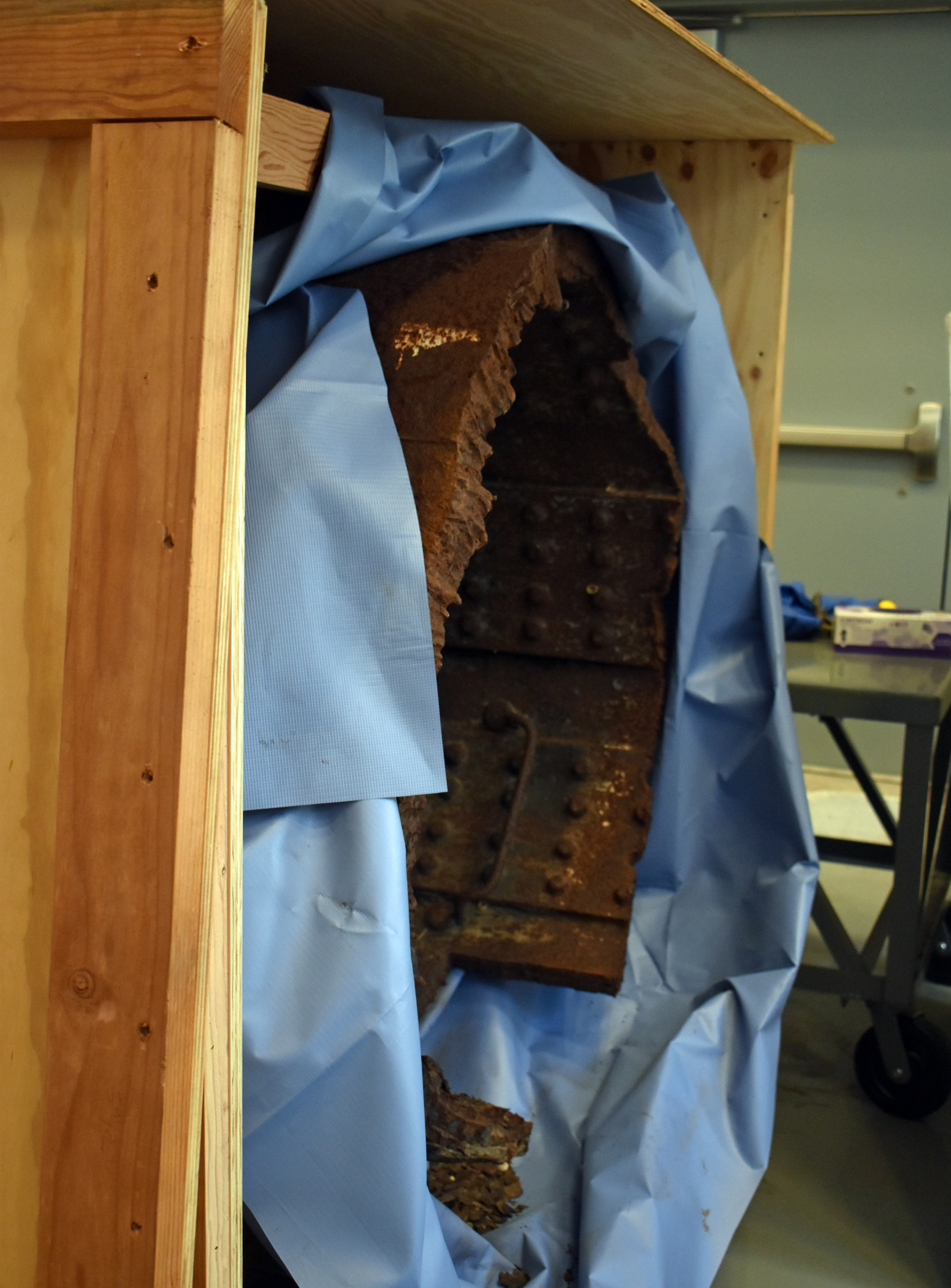Deep beneath the surface of our nation’s bodies of water lie treasures from historic shipwrecks. From private and merchant ships to military ships and submarines, these sites provide insight into the history, perseverance, and leadership of the United States on our bordering oceans and waterways.
The Advisory Council on Historic Preservation (ACHP) has a role in reviewing this

submerged history, as highlighted in one of the ACHP’s Section 106 Success Stories—the recovery of parts of the wreck of the USS Monitor, an ironclad Civil War ship that sank off of Cape Hatteras, North Carolina, in 1862. The ACHP worked with the National Oceanic and Atmospheric Administration, the U.S. Navy, and the Virginia State Historic Preservation Office to save part of the deteriorating ship, a portion of which now resides at the Mariners’ Museum in Newport News, Virginia. Additional examples of Section 106 projects involving historic shipwrecks include the USS Maple Leaf in Florida, where a proposed fiberoptic line was found by the U.S. Army Corps of Engineers to pose no adverse effects, and the British oil tanker Coimbra off Long Island, where the U.S. Coast Guard sought to survey the National Register-listed wreck for remaining oil.
The ACHP also works closely with the Naval History and Heritage Command (NHHC) Underwater Archaeology (UA) Branch, which has a state-of-the-art laboratory in Washington D.C.’s Navy Yard. UA is responsible for the management, research, preservation, and interpretation of the U.S. Navy’s collection of more than 20,000 sunken military craft, both ships and aircraft. These sites, which date from the American Revolution to the Nuclear Age often hold significant historical and cultural value, but also may serve as war graves. The UA fulfills its mission through engaging in heritage management, archaeological field research, conservation and curation, and extensive public outreach.
“It is our policy that sunken craft remain in place and undisturbed,” said Alexis Catsambis, head of Underwater Archaeology/Sunken Military Craft at NHHC. “The Navy has long recognized the sea as a ‘fit and final resting place.’”

One particularly significant piece of heritage being preserved by UA experts is a part of the boat crane from the USS Arizona. The National Park Service operates a memorial to the ship, which was sunk by the Japanese at Pearl Harbor, Hawai’i, on December 7, 1941. When the viewing platform over the wreck was built in the 1960s, pieces of the ship were dismantled and taken to nearby Waipio Point, Hawai’i, where much of it remains today.
Learn more about the Navy’s Underwater Archaeology program here.
The ACHP recently highlighted underwater preservation in its Preserve the Past, Build for the Future webinar, “History Underwater: Preserving Undersea Heritage.”